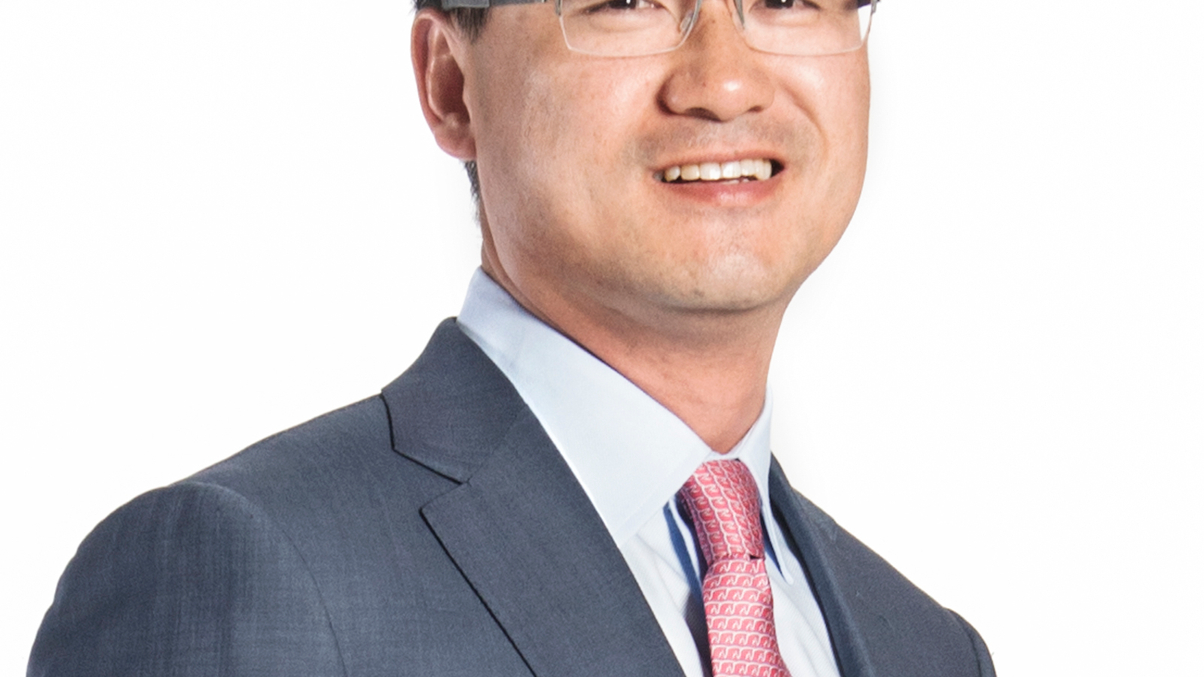GLP raises $3.7bn for new China logistics fund
Singapore-based property developer says sovereign wealth funds are among the institutions to have committed to the logistics fund. Its AUM is also set to rise as it continues its fund management growth.

Global Logistic Properties (GLP) has raised $3.7 billion for its new China logistics fund, the Singapore-based property developer said.
Sign in to read on!
Registered users get 2 free articles in 30 days.
Subscribers have full unlimited access to AsianInvestor
Not signed up? New users get 2 free articles per month, plus a 7-day unlimited free trial.
¬ Haymarket Media Limited. All rights reserved.


